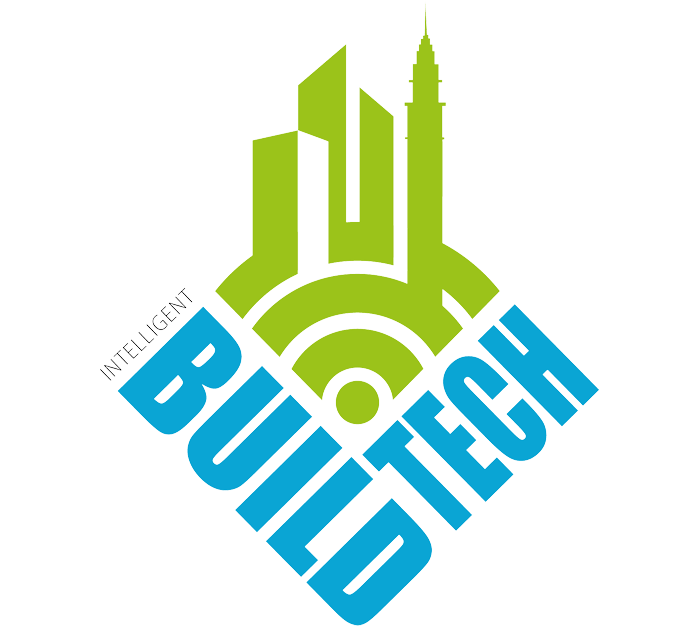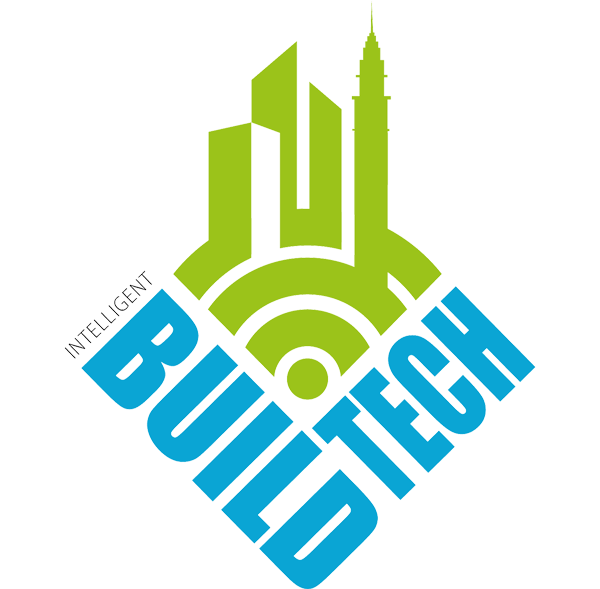We hear from Andrea Sorri, Segment Development Manager Smart Cities EMEA at Axis Communications, on the transformative potential of Smart Cities. Andrea delves into how technology enhances urban living, the latest trends driving smart city development, and the key challenges and opportunities ahead. From pioneering cities like Singapore and Milan to the evolving role of the construction sector, discover the innovations shaping our urban future.

What are the defining characteristics of a Smart City, and how do they enhance urban living?
There is no universal definition but, broadly, a Smart City is a city which uses technology to improve its liveability. They look for advancements in safety, using technology to deter, detect and investigate crime and violence or to monitor crowd densities. A Smart City would also look to create efficiencies in transport – a city might use sensors and cameras to analyse and improve traffic and public transportation in real-time and collect data for long-term optimisation. Lastly, a Smart City tends to place a greater focus on health and well-being, using sensors to monitor water flows, air quality and noise levels to better inform city planning and provide a more comfortable environment for citizens.
Which technological trends are currently driving the development of Smart Cities, and what potential do they hold for future urban environments?
Artificial Intelligence (AI) may be the biggest trend. The effectiveness of Smart Cities hinges on vast amounts of data, and AI helps smooth the difficult process of managing and drawing conclusions from that data. However, the sheer number of devices involved in a Smart City and the volume of data they produce means the burden of processing is moving away from the data centre wherever possible.
Running directly on the network edge within devices like cameras, AI can enable smarter data analysis and apply deep learning to images and video at the source. Increasingly, Smart Cities are also making use of the interconnectivity of individual devices to alert operators to key events or enable one device to trigger another – a Smart City is, in essence, a huge network.
Looking ahead, what are the key challenges and opportunities for the growth and evolution of Smart Cities over the next decade?
One challenge is consolidation. City departments, local government authorities and private partners need to align themselves to create harmony between functions like traffic, law enforcement, schools and waste collection. The difficulty here is managing the data collected from different sources in an efficient and cost-effective way, a burden that decentralisation of processing is already beginning to ease.
The other big challenge is trust, that is, citizen trust in the technology and the data stored. Cameras and other sensors are a vital part of the smooth running of a Smart City, but many citizens are understandably hesitant about their use for surveillance and data collection. The Smart Cities which have been successful thus far are those where citizens understand what the technology can do for them and, indeed, ask for more. For some, finding an optimal balance between the integrity of the citizens while still benefiting from video and data gathering remains a big challenge, meaning a healthy dialogue between city representatives and citizens is crucial.
Which cities around the world are leading the way in Smart City initiatives, and what specific projects or innovations set them apart?
There are different ways for a city to be smart. It is hard not to be impressed by the efforts of early Smart City pioneers like Singapore, Helsinki and Zurich, but those with the cleverest use of technology tend to stand out. For example, the City of Dubuque, Iowa in the USA has created improvements in both public safety and traffic management by employing the same network cameras for each purpose. Milan in Italy, too, has taken similar steps, combining cameras and laser sensors to offer operators a complete, automated picture of both pedestrians and cars. Creativity is really the key, and we are far from seeing what Smart Cities are truly capable of.
How is the construction sector adapting to the demands of Smart City development, and what new technologies and methods are being employed?
The construction sector can benefit from all the data, simulation and analysis that Smart Cities generate, just as any other industry can. To encourage greater EV uptake, for example, many companies plan the locations of charging stations around precise data surrounding road use. More than simple planning, though, we have noticed that new buildings are now being designed to meet the demands of Smart Cities, and are incorporating the cameras, sensors and sustainable materials that such initiatives demand directly into their plans. Retrofitting is important, but future-fitting is vital.
What are some common misconceptions about Smart Cities, and how do these misunderstandings impact public perception and policy-making?
The biggest misconception is that there is a ‘one-size-fits-all’ solution for Smart Cities. Each city is unique, and its use of technology will be different. And we must come back to trust: some, both in the public and policy-making worlds, worry about the impact of AI, and about the impact widespread sensor use could have on privacy. Modern technology enables AI to work safely, and cameras to be employed for smart applications without any impact on privacy. The backlash against them slows the development of smart processes which could revolutionise safety, law enforcement, urban mobility and climate action.




